We’ve all opted for the obvious option at some point in time, and stuck with what we’ve known. Most of us do it every day, in the smallest of ways. We’ve all ordered steak and chips from the menu when we know we really should have sampled something more exotic. We’ve all sat in a multiplex full of slack-jawed yokels, watching a derivative horror movie, deploring ourselves for passing on that quaint indie movie.
Ask any comic book or graphic novel enthusiast and I’m sure they’ll tell you that they probably don’t read enough independent books. Why would they want to when Marvel and DC line the shelves with so many quality titles? Titles with recognisable characters that we all know and love; Batman, Superman, Spider-man, X-Men… titles with movie franchises!
Admittedly, the mainstream comic industry has changed somewhat since the days of Stan Lee. Mainstream writers have far more freedom to tell the stories they want to tell, and while imprints such as Vertigo and Marvel MAX do not permit the sort of content that may lurk in the more explicit genres, there is room for mature storytelling by purest definition.
Occasionally an independent comic creator such as Daniel Clowes will draw the spotlight, albeit often briefly. But this is often with the aid of other media, such as film or television, or in the case of four radioactively enhanced turtles, children’s animation. Movies such as American Splendor, Crumb and Ghost World may bring long-deserved attention to their creators, but one must wonder what small percentage of the indie-curious branches out beyond these promulgated names?
And to be objective, there is a lot of substandard independent work that is published and promoted by talentless enthusiasts with deep pockets. There is also a fair amount of exploitative, pornographic (be it sexual imagery or gratuitous violence) to be found in some of the more controversial categories. For some the Big M may represent a reassurance of some minimum level of quality.
Anyone who has ventured from the comfort zone of the mainstream will be able to tell you of that unique sense of involvement and joy to be had from watching a creative talent blossom. Don’t believe me? Pick up Jar of Fools by Jason Lutes, Jeff Smith’s Bone, Terry Moore’s Strangers in Paradise or Dave Sim’s Cerebus the Aardvark, and observe the progression and evolution of their work, in both their art and their prowess as storytellers. Like first-time novelists these guys have travelled a journey of discovery alongside their creations.
There’s a certain coarse intimacy to be had with a book such as Scott Morse’s Barefoot Serpent that the mainstream comic industry, with its robust teams of editors, writers, artists, inkers, colourists and letterers will never collectively compete with. The comic medium has allowed Morse the opportunity to present us his story, his vision, untainted by conventional formats, commercial trends or contemptible publishing strategies. By buying that independent book you are helping a home-grown talent find their strength while lining the pocket of the little guy, the visionary and the closest the comic book industry has to a literary writer.
The internet has also opened up opportunities for aspiring artists and writers to present the world their comics in digital format. Most of these are crudely drawn, juvenile drivel, but there will always be a few diamonds in that proverbial pile. It’s the duty of anyone who has a genuine love for the comic book and graphic novel mediums to find these future classics and spread the word.
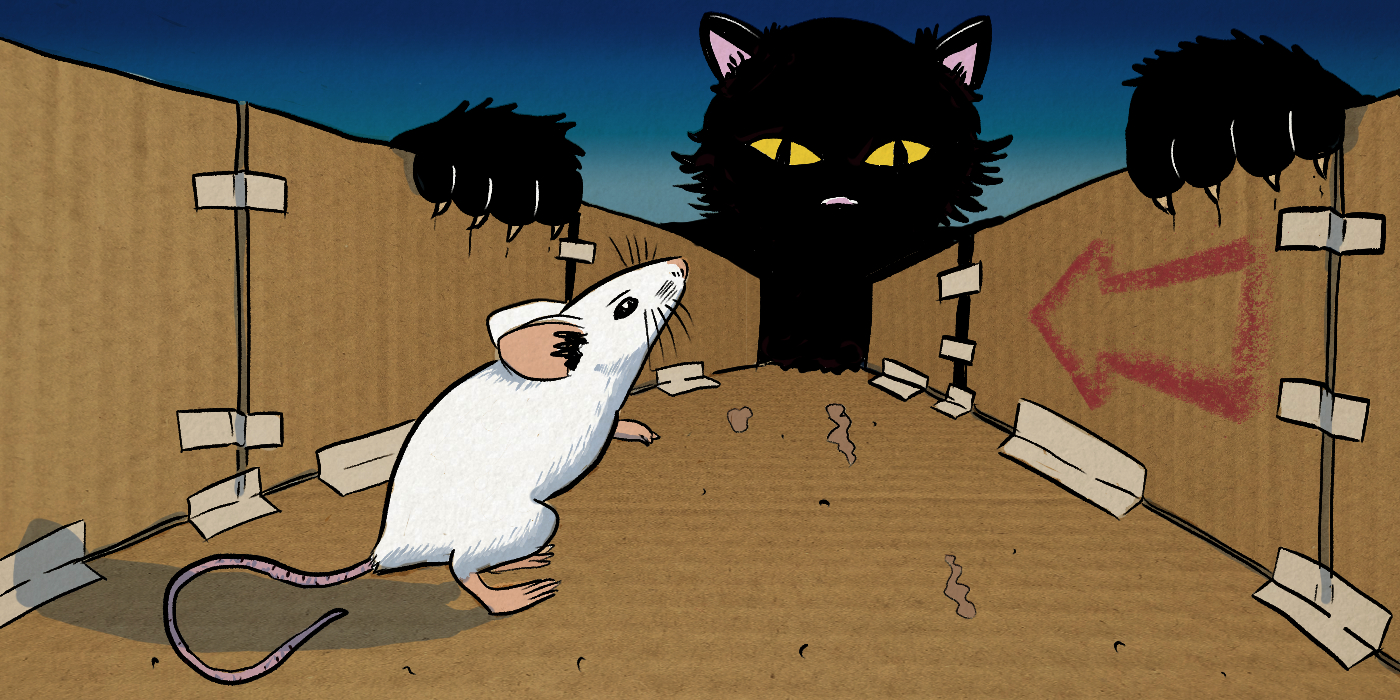
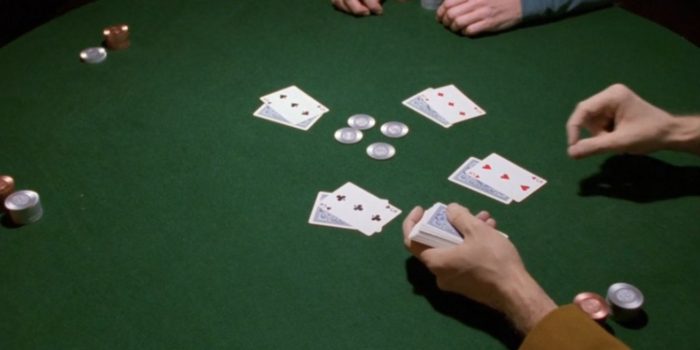

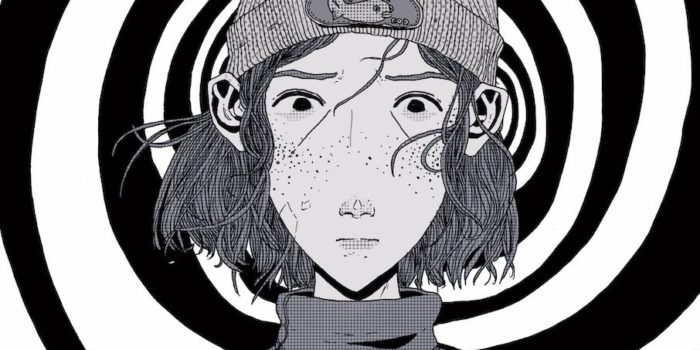
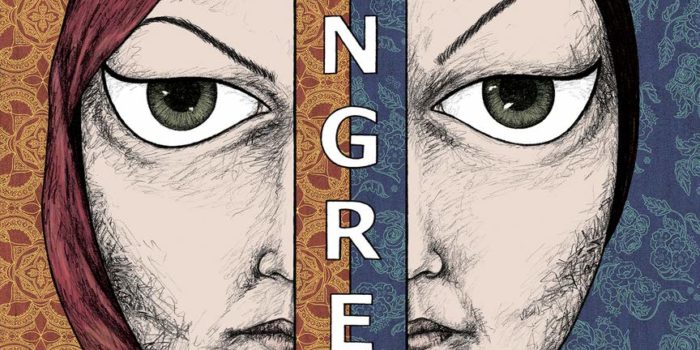
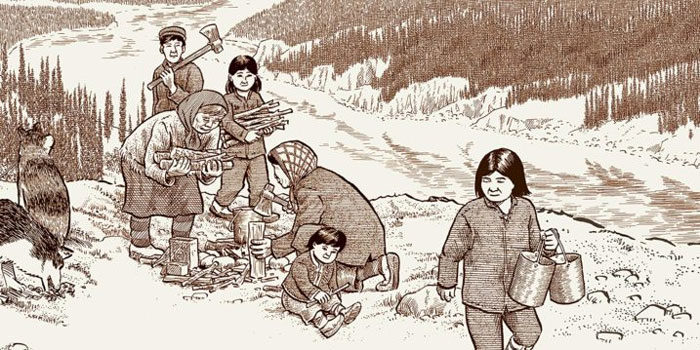
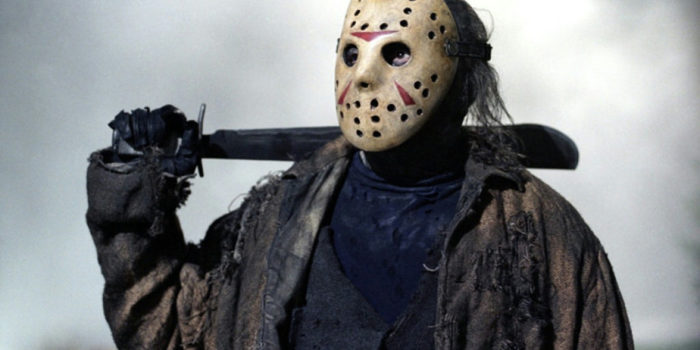
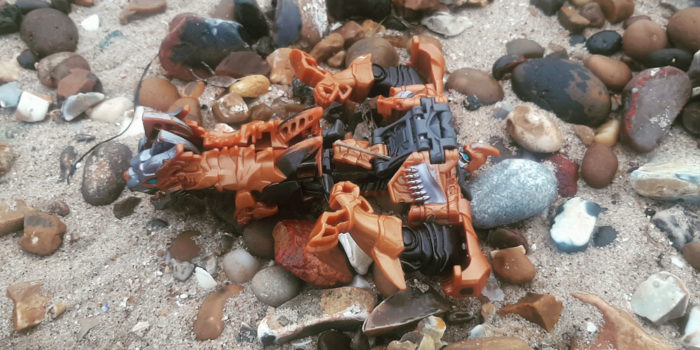
Leave a Reply